Since the founding of the Will Eisner Comic Industry Awards (and their previous incarnation, the Kirby Awards), the following individuals have been inducted into the Hall of Fame.

Hiyao Miyazaki
1941–
Although best known as Japan’s premier anime filmmaker, Hiyao Miyazaki is also celebrated as a manga artist worldwide. His major project, Nausicaä of the Valley of the Wind, was published intermittently from 1981 to 1994 and has been collected in multiple book volumes as well as being made into an animated feature. Other manga works include The Journey of Shuna, Hikōtei Jidai, and Kaze Tachinu (The Wind Rises).
Inducted 2014
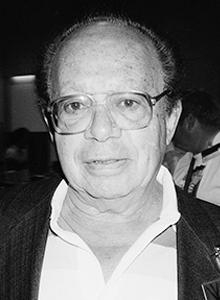
Sheldon Moldoff
1920–2012
Sheldon Moldoff, Bob Kane’s first assistant on Batman, worked on the character off and on for 30 years. He is credited with co-creating Bat-Girl, Bat-Woman, Poison Ivy, Mr. Freeze, Bat-Mite, and Ace the Bat Hound, and he was the regular artist on the Golden Age Hawkman. He was also a prolific cover artist, with credits including the first Green Lantern cover (All-American #16).
Inducted 2014
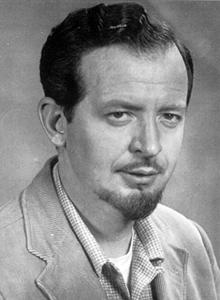
Bob Montana
1920–1975
Cartoonist Bob Montana is famed for co-creating the character of Archie for MLJ Publications in 1941. He drew Archie’s first appearance in Pep and the first Archie comic books, and he was the writer/artist of the Archie newspaper strip from 1946 until his death in 1975.
Inducted 2010
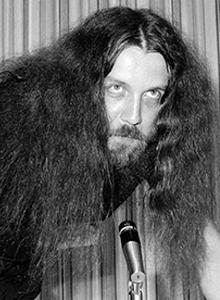
Alan Moore
1953–
British writer Alan Moore is best known as the creator of Watchmen, V for Vendetta, and From Hell. In the early 1980s he worked primarily for 2000AD (creating such series as Skiz, D.R. & Quinch, and The Ballad of Halo Jones), Marvel UK, and Warrior Publications. Moore hit the American comics scene in 1983 as the writer of DC’s Swamp Thing. The success of that title led to DC’s recruitment of more British writers, the founding of the Vertigo imprint, and Moore’s going on to create such enduring titles as Watchmen, Batman: The Killing Joke, V for Vendetta, The League of Extraordinary Gentlemen, and Lost Girls.
Inducted 2014
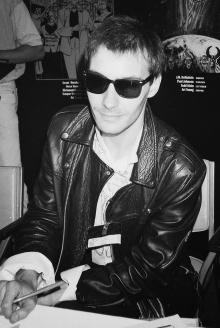
Grant Morrison
1960–
Writer Grant Morrison started his career in the early 1980s on various titles for British publishers, including Warrior, Dr. Who, and 2000 AD. His first U.S. hit was Animal Man for DC, followed by Doom Patrol. In 1989 DC published Morrison and Dave McKean’s highly successful graphic novel Arkham Asylum: A Serious House on Serious Earth. In the 1990s he produced several titles for DC’s Vertigo line, including The Invisibles, Sebastian O, Flex Mentallo, The Mystery Play, and Kill Your Boyfriend. Also at DC, he wrote JLA, The Flash, and DC One Million. In 2000–2001 Morrison moved over to Marvel, writing Marvel Boy, Fantastic Four 1234, and New X-Men. His DC works in recent decades include the graphic novel JLA: Earth 2, The Filth, W3, Seaguy, Seven Soldiers, Final Crisis, the award-winning All-Star Superman (with Frank Quitely), The Multiversity and the ongoing Batman title. Recent projects have included Happy! (Image, 2012), Nameless (Image, 2015), Klaus (BOOM! Studios), and Green Lantern (DC, 2019).
Inducted 2022
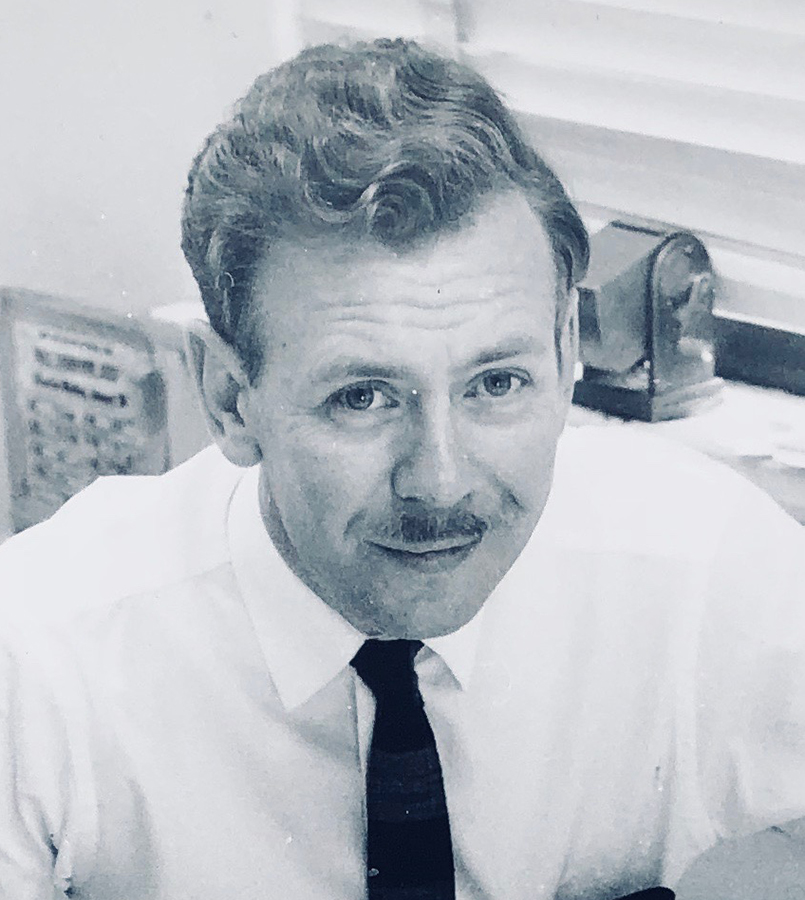
Win Mortimer
1919–1998
Canadian artist James Winslow Mortimer began working for DC Comics in 1945 and quickly became a cover artist for comics featuring Superman, Superboy, and Batman. He succeeded Wayne Boring on the Superman newspaper strip in 1949, leaving it in 1956 to create the adventure strip David Crane for the Prentice-Hall Syndicate. During the same period, Mortimer returned to DC and worked on a large variety of comics, ranging from humor titles such as Swing with Scooter to superhero features starring the Legion of Super-Heroes and Supergirl. He and writer Arnold Drake co-created Stanley and His Monster in 1965. By the early 1970s, he was freelancing for other publishers. At Marvel, he drew virtually every story in the TV tie-in children’s comic Spidey Super Stories (1974–1982) as well as the short-lived Night Nurse series. Mortimer’s work at Gold Key Comics included Boris Karloff Tales of Mystery, The Twilight Zone, and Battle of the Planets.
Inducted 2023
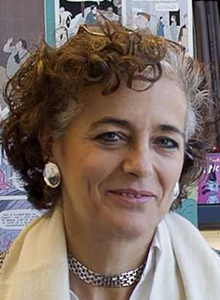
Françoise Mouly
1955–
Editor and publisher Françoise Mouly founded Raw Books and Graphics in 1978. With her husband, Art Spiegelman, she launched Raw magazine in 1980, which is perhaps best known for serializing Spiegelman’s award-winning Maus. A lavishly produced oversize anthology, Raw published work by Lynda Barry, Charles Burns, Kim Deitch, Ben Katchor, Richard McGuire, Lorenzo Mattotti, Gary Panter, Joost Swarte, Jacques Tardi, and Chris Ware, to name but a few. When Mouly became art director at The New Yorker in 1993, she brought a large number of cartoonists and artists to the periodical’s interiors and covers. In 2008 she launched TOON Books, an imprint devoted to books for young readers done by cartoonists.
Inducted 2021
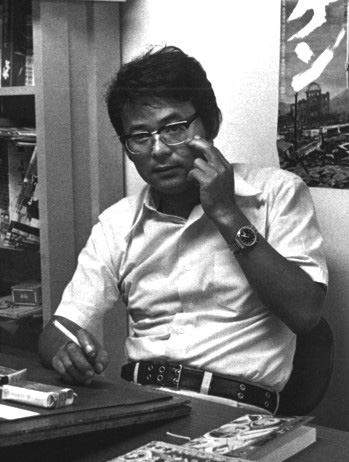
Keiji Nakazawa
1939–2012
Keiji Nakazawa was born in Hiroshima and was in the city when it was destroyed by a nuclear weapon in 1945. He settled in Tokyo in 1961 to become a cartoonist. He produced his first manga for anthologies like Shonen Gaho, Shonen King, and Bokura. By 1966, Nakazawa began to express his memories of Hiroshima in his manga, starting with the fictional Kuroi Ame ni Utarete (Struck by Black Rain) and the autobiographical story Ore wa Mita (I Saw It). Nakazawa’s life work, Barefoot Gen (1972), was the first Japanese comic ever to be translated into Western languages. Barefoot Gen was adapted into two animated films and a live-action TV drama and has been translated into a dozen languages.
Inducted 2024
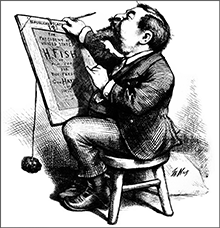
Thomas Nast
1840–1902
Editorial cartoonist Thomas Nast) is often considered to be the “Father of the American Cartoon.” He started out as an illustrator in 1856 while still a teenager and became a staff illustrator for Harper’s Weekly in 1860. His cartoons advocated the abolition of slavery, opposed racial segregation, and deplored the violence of the Ku Klux Klan. In the 1870s he used his cartoons to crusade against New York City’s political boss William Tweed, and he devised the Tammany tiger for this crusade. He popularized the elephant to symbolize the Republican Party and the donkey as the symbol for the Democratic Party, and he created the “modern” image of Santa Claus.
Inducted 2021
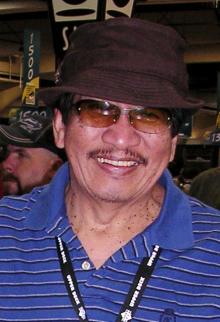
Alex Niño
1940–
Alex Niño was among the Filipino comics artists recruited for U.S. comic books by DC Comics editor Joe Orlando and publisher Carmine Infantino in 1971. Niño’s earliest DC work was drawing stories for House of Mystery, Weird War Tales, and other supernatural anthologies, as well as the jungle-adventure feature “Korak” in Tarzan. He moved to the U.S. in 1974. Over the next several decades, he drew all types of stories for DC, Marvel, Warren (Creepy, Eerie, Vampirella), Heavy Metal, Byron Preiss, Dark Horse Comics, and other publishers. Starting in the 1980s, Niño branched out into movies and video games, doing design work and concept art for Hanna-Barbera, Sega, and Walt Disney Pictures (Mulan and Atlantis).
Inducted 2022
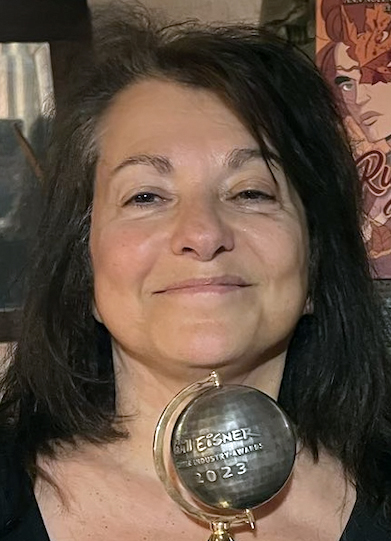
Ann Nocenti
1957–
Ann Nocenti is an American journalist, filmmaker, teacher, comic book writer, and editor. She is best known for her work at Marvel in the late 1980s, particularly the four-year stint as the editor of Uncanny X-Men and The New Mutants, as well as her run as a writer of Daredevil, illustrated primarily by John Romita, Jr. Ann has co-created such Marvel characters as Longshot, Mojo, Spiral, Blackheart, and Typhoid Mary. She also wrote Catwoman stories for DC Comics.
Inducted 2023
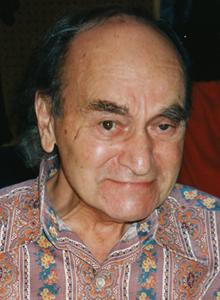
Martin Nodell
1915–2006
Marty Nodell co-created the Green Lantern in 1940 with writer Bill Finger. He drew Green Lantern in various titles until leaving DC in 1947 to work for Timely Comics. At Timely he drew Captain America, The Human Torch, and the Submariner, among others, until 1950 when he left the comics business for good.
Inducted 2011
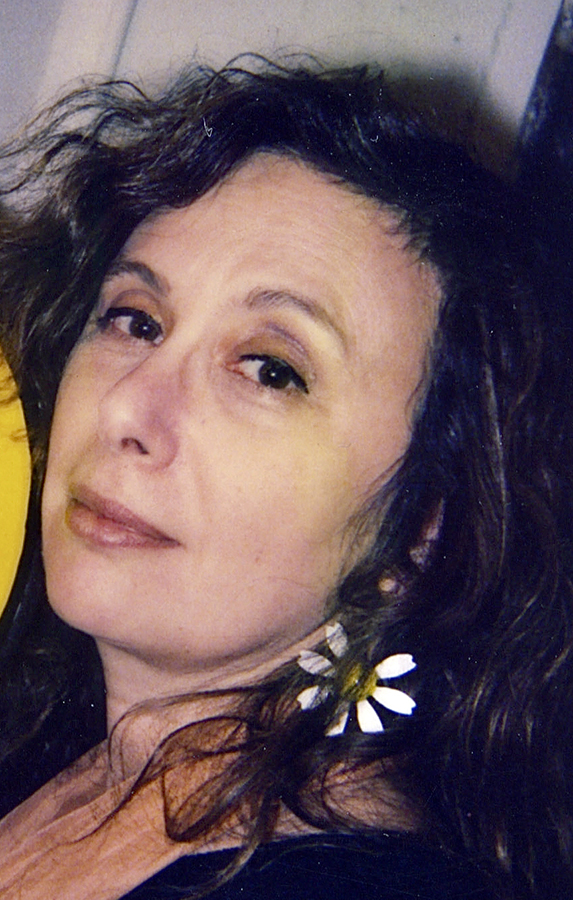
Diane Noomin
1947–2022
Pioneering underground cartoonist Diane Noomin (married to cartoonist Bill Griffith) was best known for her character Didi Glitz and for editing the groundbreaking anthology series Twisted Sisters. Noomin’s comics career began in the early 1970s and included appearances in Wimmen’s Comix, Young Lust, Arcade, Titters, Weirdo, and many others. DiDi first appeared in a story called “Restless Reverie” in Short Order Comix #2 (1974). Most recently, Noomin edited the anthology Drawing Power: Women’s Stories of Sexual Violence, Harassment, and Survival (Abrams ComicArts, 2019), which was inspired by the global #MeToo Movement. The book won the 2020 Eisner Award for Best Anthology.
Inducted 2023
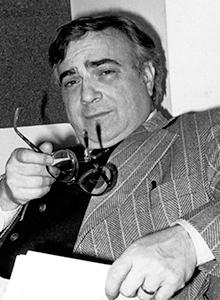
Joe Orlando
1927–1998
Joe Orlando started out as an assistant to Wally Wood in the late 1940s and became one of EC’s top sf/fantasy illustrators in the early 1950s. After a stint drawing for Classics Illustrated, he freelanced for MAD and Warren Publications in the 1960s. In 1968 he went on staff at DC, where he edited such titles as House of Mystery, The Witching Hour, Weird War Tales, and Plop! and went on to become vice president and coordinator of special projects. Orlando is credited with designing much of DC’s distinctive typography.
Inducted 2007
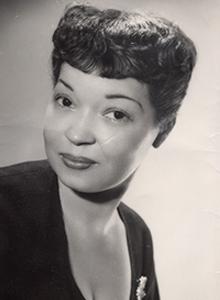
Jackie Ormes
1911–1985
Jackie Ormes was the first, and for a long time only, black female newspaper cartoonist. From 1937 to 1938 she wrote and drew Dixie in Harlem comics featuring Torchy Brown. After returning to her roots in journalism, she published Candy, a single-panel cartoon about a witty housemaid in 1945. Then she created Patty-Jo ’n’ Ginger, another single-panel cartoon about a pair of sisters, which ran for 11 years through 1956. Finally, from 1950 to 1954, Ormes revamped Torchy Brown into Torchy in Heartbeats, an 8-page color comic insert, including many paper dolls as was popular in the time.
Inducted 2018

Katsuhiro Otomo
1954–
In addition to Osamu Tezuka, Katsuhiro Otomo is the creator most responsible for popularizing anime and manga in the Western world. Akira, his landmark achievement, revitalized the anime and manga industry, building an entire new anime empire on the groundwork laid by Tezuka. Otomo’s other famous work is Domu, which began being serialized in 1980 and ran for two years. Next came Akira, which ran to over 2,000 pages serialized over eight years (1982–1990). The anime adaptation was released in 1988. Following the success of Akira, Otomo continued work in film as a director and screenwriter.
Inducted 2012